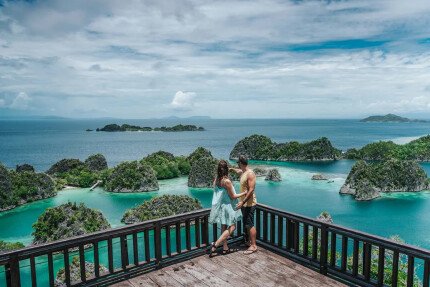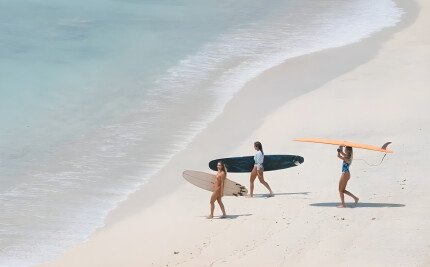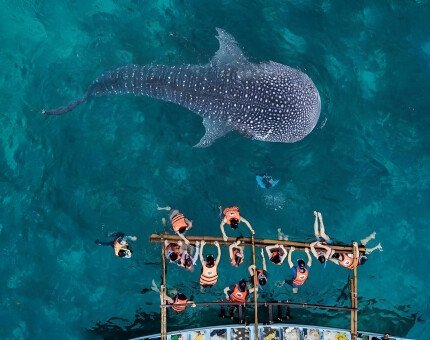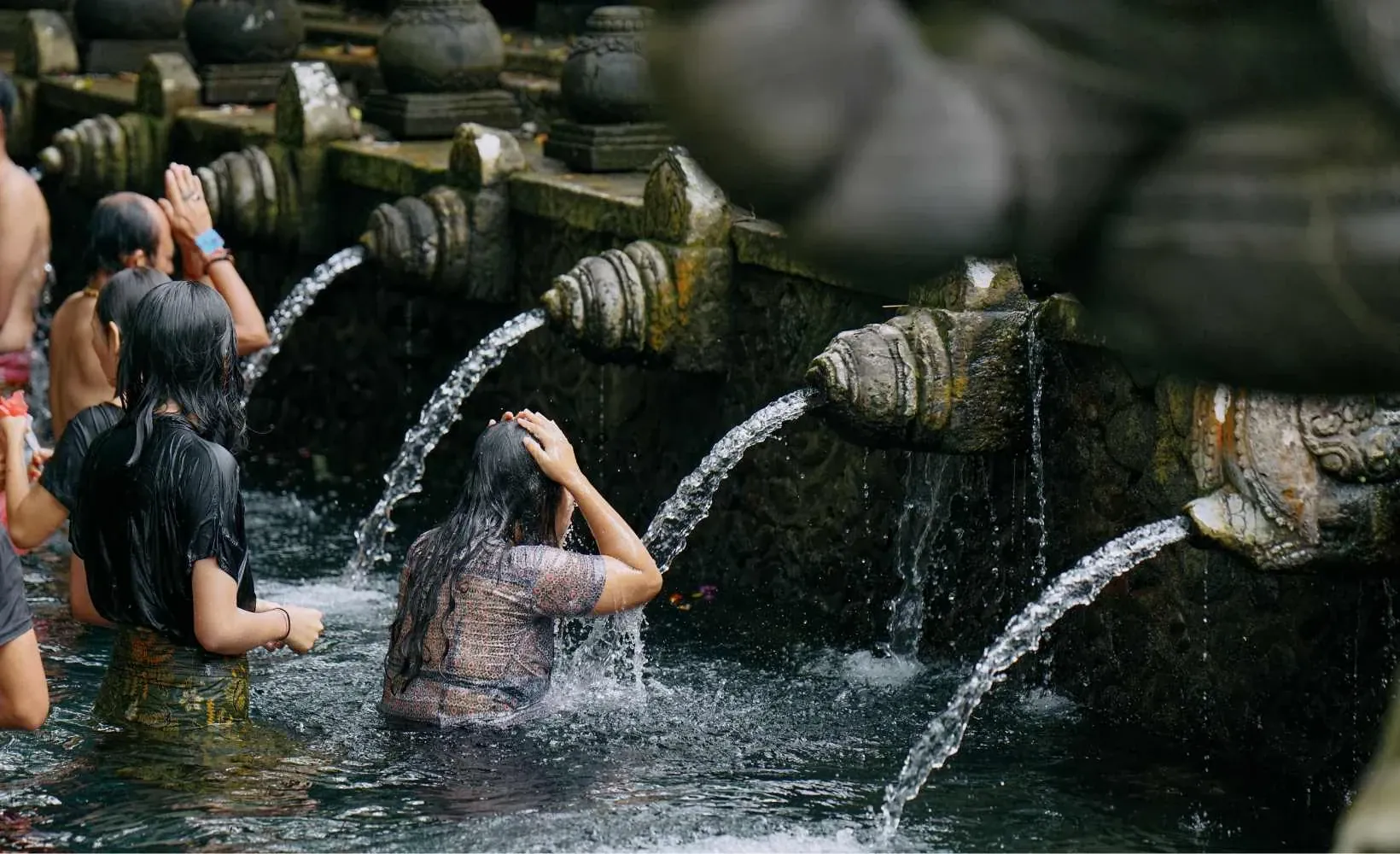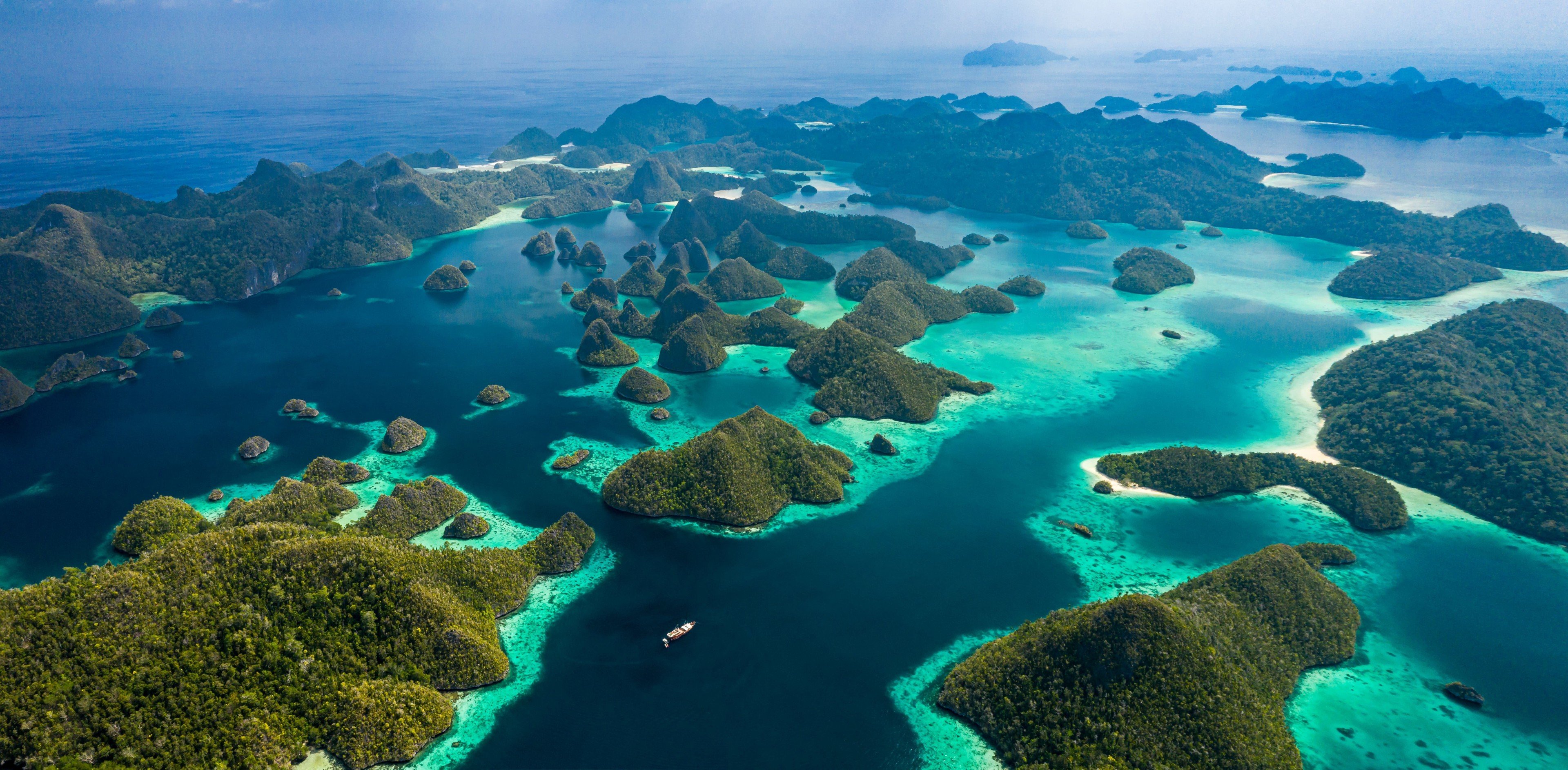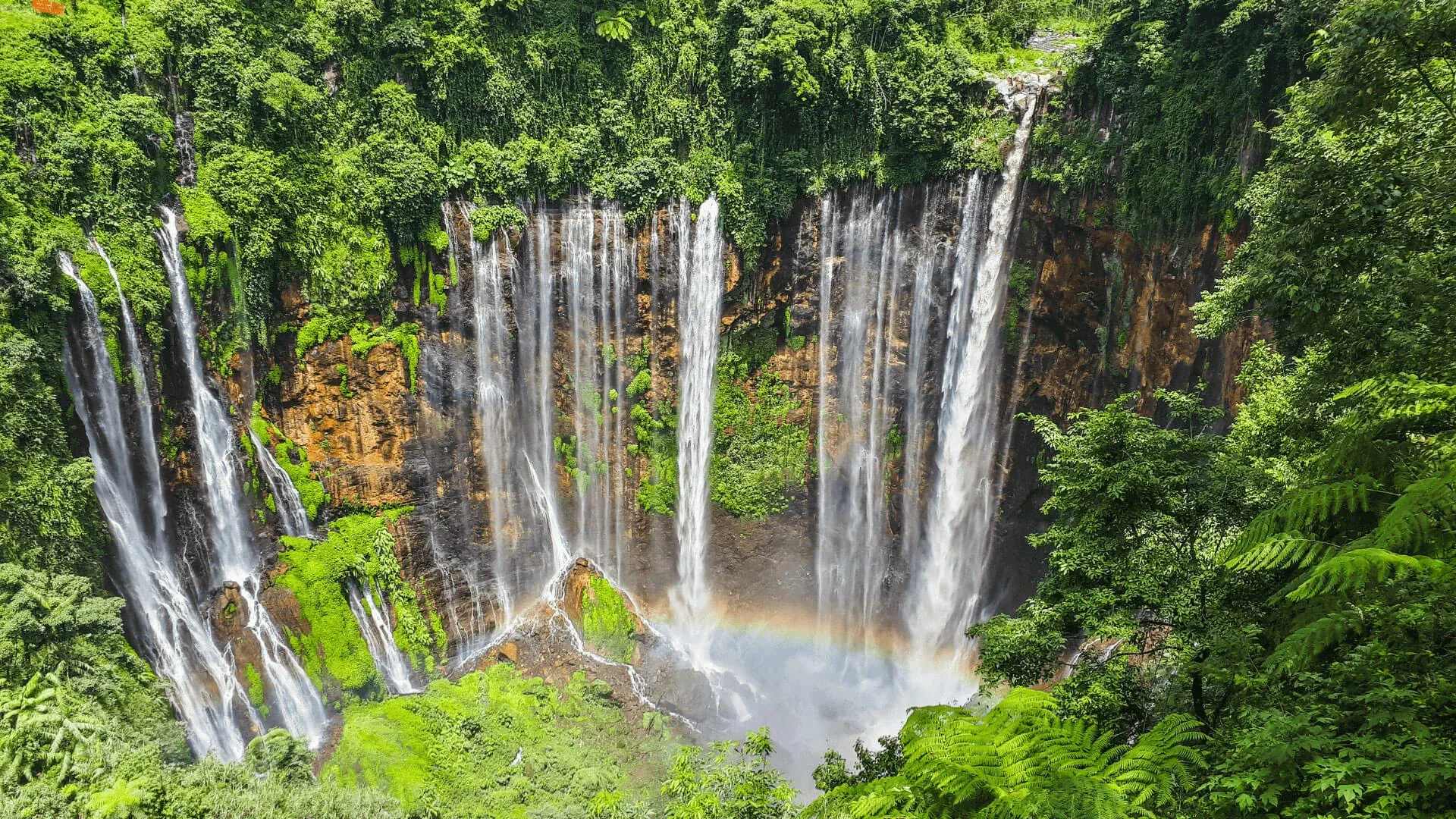Sumba: an island untouched by civilization
Sumba is a very unique island located 400 km away from Bali in Indonesia. It is unlike any other island in Indonesia. When you arrive here, you will feel like a time traveler: rarely can you find such authentic and unspoiled places that have not been influenced by civilization. Sumba is still not a touristy island. There are very few hotels, almost no cafes, and no infrastructure. In fact, in many parts of Sumba, there is still no electricity. Surfers looking for empty lineups and adventure seekers thirsty for a truly unique experience mostly come here. If you are vacationing or living in Bali, do not miss the opportunity to get to know another, such authentic and virgin Indonesia.

What to visit in Sumba
The island is divided into the western and eastern parts, which are very different: surfing and cultural sites are located on the west coast, while snorkeling and hills are on the east. Villages, waterfalls, and beautiful beaches are scattered throughout the island.
Traditional villages
The hallmark of Sumba is houses with roofs of a specific elongated shape. You won't find anything like this anywhere else. Even the airport building has this typical roof. They still make such roofs from straw, as in old times in villages far from the main roads. More wealthy houses are covered with metal. It's hard to believe, but many rural houses have no electricity or running water. In the evenings, residents light oil lamps, and carry water from the river in buckets.

In the western part of the island, it is worth visiting one of the oldest villages - Rotenggaro. It is here that houses with the highest roofs on Sumba are located - up to 20 meters! It is interesting because it is located on the ocean shore, and a dozen clan houses are located around megalithic tombs. Megaliths are structures made of heavy stone blocks. Scientists and ethnographers have not yet been able to figure out why Sumbanese people continue to build such tombs to this day. Across the river from Rotenggaro is the equally impressive village of Waynyapu. In the western part of the island, it is also worth visiting the village of Praijing, where 37 traditional houses are preserved and there is a stunning view of rice fields. If you are on the east side, visit the villages of Prauli and Praiyawang.
Beaches
There are stunning beaches with white sand in both the western and eastern parts. Be sure that you will practically be alone everywhere. However, you are unlikely to find any infrastructure here. On the west coast, especially good beaches are Mandorak, Watubella, and Morosi. On the east - Purukambera and Walakiri beaches. Walakiri is the most Instagrammable beach that cannot be confused with any other in the world. Fantastic mangrove trees grow in the water along the shore, as if frozen in a dance. They are a symbol of eastern Sumba. It is worth coming here at sunset. In the light of the setting sun, the silhouettes of the trees look magical.

In the west, there is another natural gem of Sumba that cannot be missed - it is the Waikuri lagoon. In fact, it is a saltwater lake, also known as Weekuri Lake, with turquoise water separated from the ocean by rocks. The natural pool is surrounded by lush vegetation, and there is a wooden path around it where you can enjoy a pleasant walk at sunset. On both sides, there are platforms where you can jump into the lake. The water is amazingly clear and blue, with a depth ranging from 1 to 5 meters depending on the tides. Be sure to include the lagoon in your itinerary.

Waterfalls
On the island, there are many beautiful waterfalls that have preserved their pristine appearance, where you are likely to be completely alone. Almost all of Sumba's waterfalls are difficult to access, so hiking to them through the tropical forest will be no less of an exciting adventure. In the western part of the island, it is worth visiting the Waikacura and Lapopu waterfalls, and on the east side of the island - Tangenddu and Waimarang. You can take a dip in many of the waterfalls.

Hills
Eastern Sumba is covered with picturesque hills, which are also considered a local attraction. The Tanau hills become reddish in the dry season and lush green during the rainy season. Depending on when you visit, you will see two completely different landscapes! It's worth getting up early and coming here at dawn to see how the first rays of the sun flood the endless expanse.
No less impressive views of the savannah open up from the Wairinding hills. It's an excellent place for trekking, leisurely walks, and photo sessions. For colorful photographs, it's worth buying and wrapping yourself in ikat - a fabric with traditional Sumbanese patterns. You can buy it at any market on the island.

How to get to Sumba
The easiest and fastest way to reach Sumba is by plane from Bali. Flights are available every day. There are two airports on Sumba: Tambolaka in the west and Waingapu in the east. The flight takes about 1.5 hours, and the approximate ticket cost is 1,100,000 Indonesian rupiahs.

There aren't many hotels on Sumba, and they are either luxurious and very expensive or very basic but still expensive compared to Bali. You can rent a bike or a car on Sumba, but hiring a car with a driver might be difficult as most drivers don't speak English. The easiest and most economical way to visit Sumba is to join an organized tour from Bali.
Every week, from Thursday to Sunday, we organize tours that already include transfers, hotel accommodation for the entire duration of the trip, three meals a day, an English-speaking guide, drone shooting during the trip and all the best sights!
